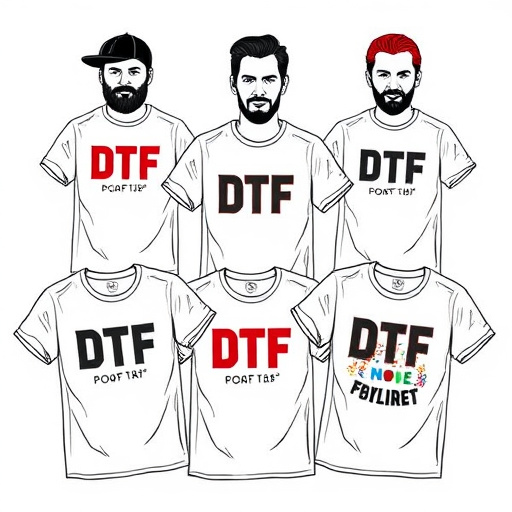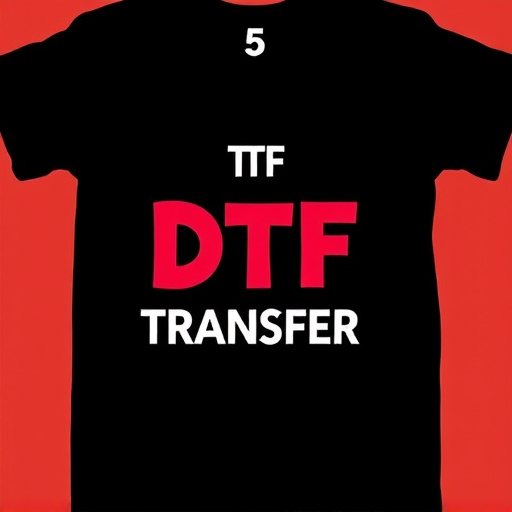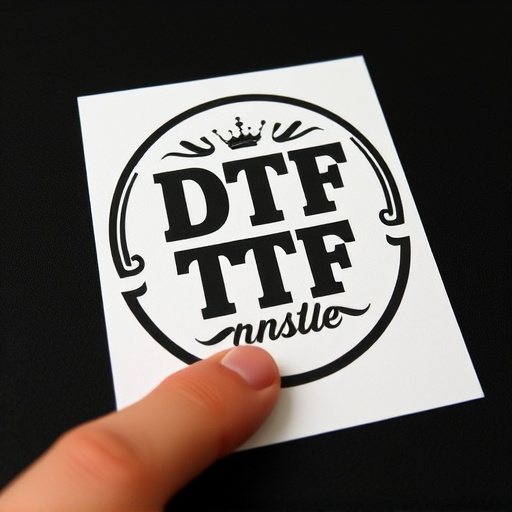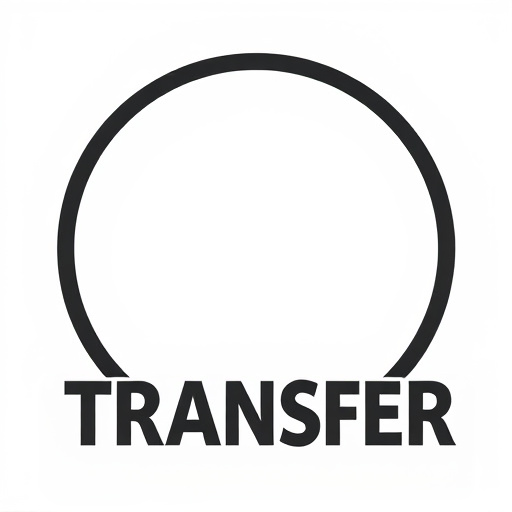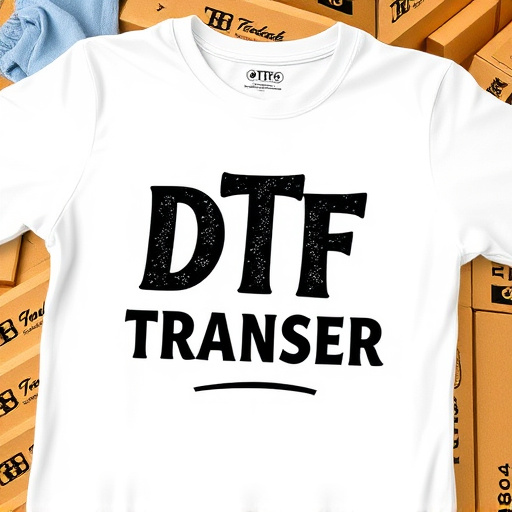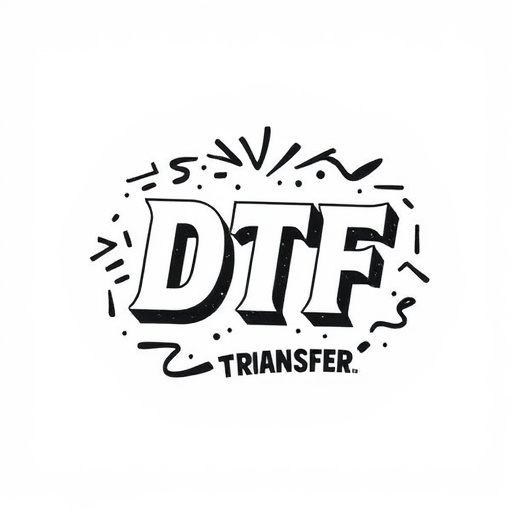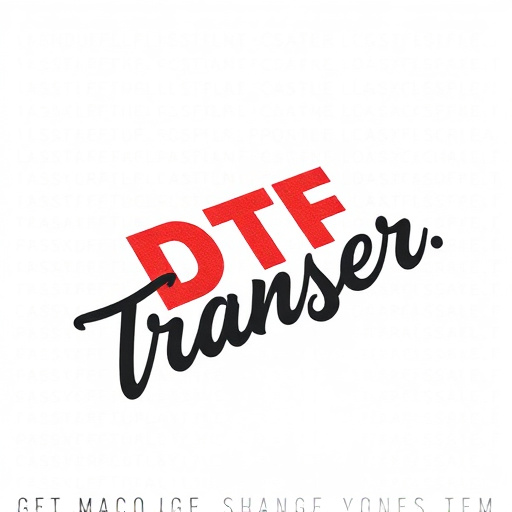Direct-to-Film (DTF) transfer printing is a cutting-edge technology revolutionizing the way we apply designs to various materials. It offers unparalleled versatility, speed, and accuracy in creating intricate patterns, vibrant colors, and unique finishes on textiles, plastics, and metals. DTF combines advanced software, inkjet printing, and heat press technology to produce high-quality, durable prints that withstand conditions. Compared to Heat Transfer Vinyl (HTV), DTF provides superior image clarity, vibrancy, and flexibility in designing complex artwork for custom apparel, signage, and accessories. Additionally, DTF's direct application reduces waste and carbon footprint, making it an eco-friendly alternative to HTV methods.
“In the realm of printing and customization, Direct-to-Film (DTF) transfer and Heat Transfer Vinyl (HTV) are two prominent methods with distinct characteristics. This article offers a comprehensive comparison between these techniques, exploring their processes, quality, applications, and environmental implications. DTF Printing has gained traction for its vibrant, durable prints, while HTV remains the traditional choice for its versatility. Understanding these methods is crucial for businesses seeking efficient, high-quality customization solutions.”
- Understanding Direct-to-Film (DTF) Transfer: A Quick Overview
- Heat Transfer Vinyl: The Traditional Method and Its Advantages
- DTF Transfer Process: Step-by-Step Comparison
- Quality and Durability Analysis of DTF Prints vs. Heat Transfer Vinyl
- Application Areas: Where DTF Outperforms Heat Transfer Vinyl
- Environmental Impact: Considering Sustainability in DTF vs. Heat Transfer Vinyl
Understanding Direct-to-Film (DTF) Transfer: A Quick Overview
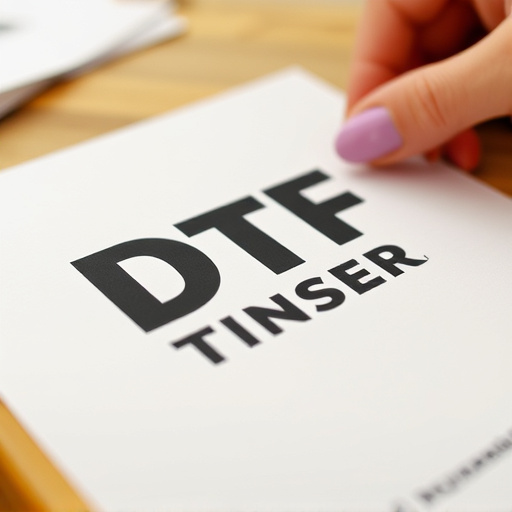
Direct-to-Film (DTF) transfer is a cutting-edge application that has revolutionized the world of printing and design. This innovative process involves transferring inks or dyes directly onto various materials, including textiles, plastics, and metals, without the need for intermediate surfaces like plates or screens. DTF Printing offers unparalleled versatility, allowing designers to create intricate patterns, vibrant colors, and unique finishes with exceptional speed and accuracy. The technology utilizes specialized printers that deposit layers of ink, drying them instantly, resulting in high-quality prints suitable for a multitude of applications.
Understanding the DTF process is crucial when considering its vast potential. Unlike traditional printing methods, DTF eliminates many steps, reducing set-up times and costs. It provides designers and businesses with an efficient way to produce custom designs on demand. Whether it’s for apparel branding, signage, or product customization, DTF Transfer offers a quick and reliable solution, ensuring that prints remain durable and vibrant even under various conditions.
Heat Transfer Vinyl: The Traditional Method and Its Advantages
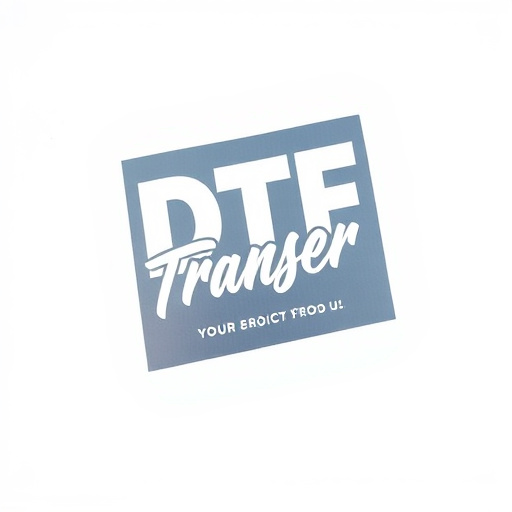
Heat Transfer Vinyl (HTV) has been the traditional method for applying graphics and designs to various surfaces for decades. This process involves transferring ink from a carrier sheet onto a substrate, typically fabric or plastic, using heat and pressure. The advantage of HTV lies in its versatility; it can be used on a wide range of materials, from t-shirts and caps to signs and decorations. It’s also cost-effective for small-batch productions, as the setup is relatively simple and doesn’t require specialized equipment for printing.
In the context of DTF Transfer, or Direct-to-Film, this traditional method offers consistent quality and ease of use. DTF Printing allows for intricate designs and vibrant colors, making it ideal for creating visually appealing prints. Unlike some newer methods, HTV is proven, ensuring long-lasting durability on various materials, a key consideration for many businesses and individuals seeking to create lasting impressions.
DTF Transfer Process: Step-by-Step Comparison

The Direct-to-Film (DTF) transfer process involves a direct application of ink to a film, which is then heated to transfer the design onto a substrate like fabric or wood. This method offers precision and flexibility in design creation. First, the graphic design is inputted into specialized software, where it’s manipulated and optimized for DTF printing. Then, the prepared design is precisely printed onto a thin, flexible film using high-resolution inkjet printers. The film acts as a carrier, holding the image until it’s transferred. Once printed, the film is carefully cut around the design to create individual prints.
Subsequently, the film is placed on the target surface, usually with a backing to protect the non-adhesive side. Heat and pressure are then applied using a heat press machine. This process fuses the ink from the film onto the substrate, creating a permanent and vibrant DTF print. The key advantage lies in its ability to produce high-quality, detailed prints on various materials, making it a popular choice for custom apparel, signage, and decorative items.
Quality and Durability Analysis of DTF Prints vs. Heat Transfer Vinyl
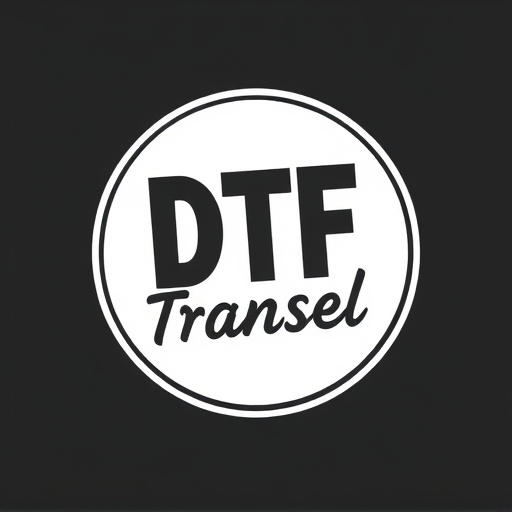
When comparing DTF (Direct-to-Film) transfer prints to heat transfer vinyl applications, quality and durability are key factors. DTF printing offers exceptional image clarity and vibrancy, directly printing onto a variety of substrates. This method ensures that the design is integrated into the material itself, resulting in durable prints that withstand wear and tear. On the other hand, heat transfer vinyl involves applying a film to a substrate, which can sometimes lead to slight imperfections or less consistent results over time.
However, heat transfer vinyl has its advantages. It provides a higher level of flexibility in design customization and allows for more intricate patterns. Additionally, the application process is often faster than DTF printing, making it a preferred choice for high-volume production runs. Yet, the longevity of these prints may be slightly inferior to DTF transfers, especially when exposed to harsh conditions or frequent handling.
Application Areas: Where DTF Outperforms Heat Transfer Vinyl

Direct-to-film (DTF) printing offers a unique advantage over heat transfer vinyl in terms of application areas. DTF is particularly exceptional for creating high-quality, long-lasting prints on a diverse range of materials, including textiles, plastics, and even metal surfaces. This makes it ideal for industries such as fashion, sportswear, and promotional merchandise, where the demand for vibrant, durable designs is high. With DTF transfer, complex artwork with fine details and multiple colors can be achieved seamlessly, resulting in visually appealing prints that stand out.
Moreover, DTF printing allows for direct application onto curved or irregular surfaces without the need for specialized equipment. This flexibility enables designers and manufacturers to produce custom-fitted garments, accessories, and decorative items with ease. In contrast, heat transfer vinyl is more limited in its ability to conform to complex shapes, often requiring additional steps and tools for application, which can be both time-consuming and cost-prohibitive. Thus, DTF Printing provides a faster, more efficient solution for creating dynamic and diverse prints across various markets.
Environmental Impact: Considering Sustainability in DTF vs. Heat Transfer Vinyl
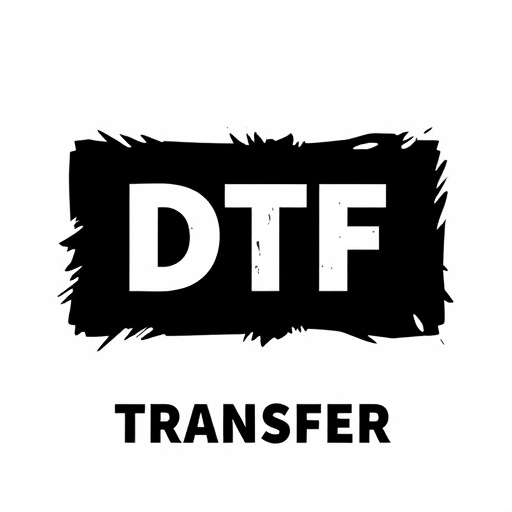
The environmental impact of Direct-to-Film (DTF) transfers and heat transfer vinyl (HTV) applications differs significantly, with sustainability being a crucial consideration for businesses and consumers alike. DTF printing offers an eco-friendly alternative to traditional methods by eliminating the need for intermediate layers and reducing waste. This process directly applies ink to the final substrate, minimizing excess material and the potential for offcuts. As a result, DTF transfer reduces the carbon footprint associated with cutting and backing materials.
In contrast, heat transfer vinyl involves a multi-step process that can be more resource-intensive. The production of HTV often includes the use of release papers, which can contribute to waste, and the heating process requires significant energy. While modern advancements have improved the efficiency of HTV manufacturing, the overall environmental impact remains higher than DTF Printing. Choosing DTF prints can contribute to a more sustainable future by promoting recycling, reducing waste, and lowering carbon emissions.





